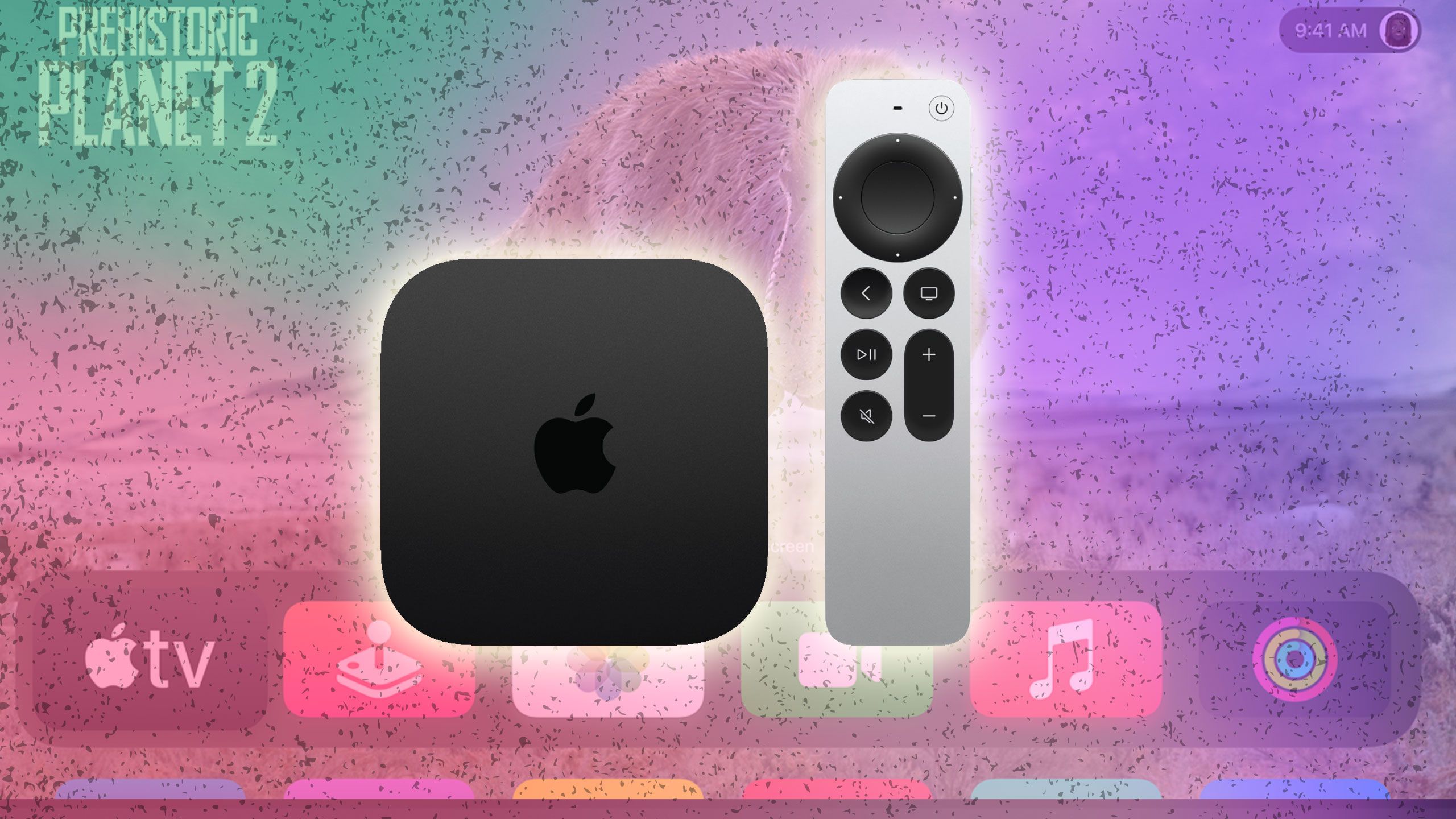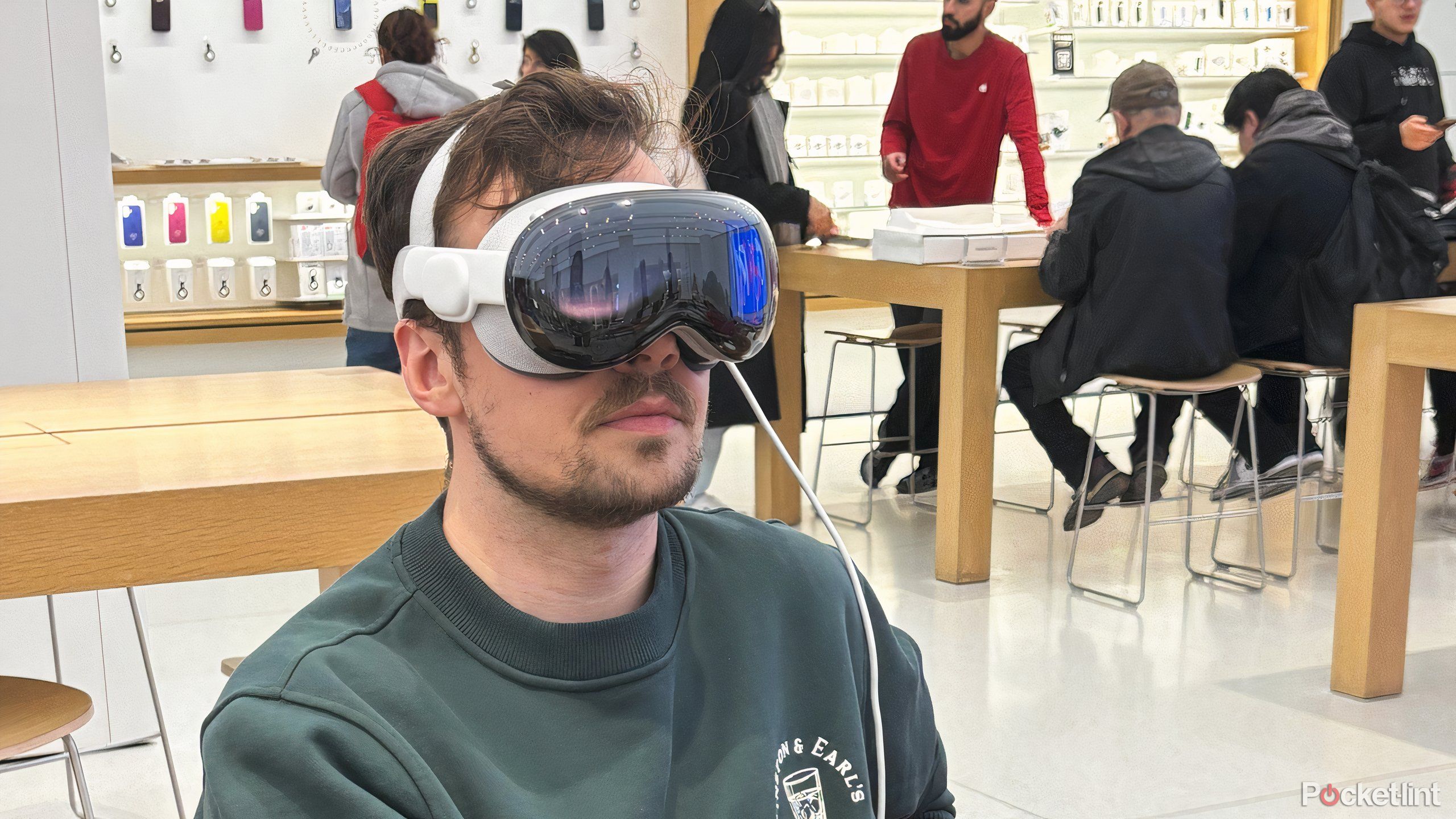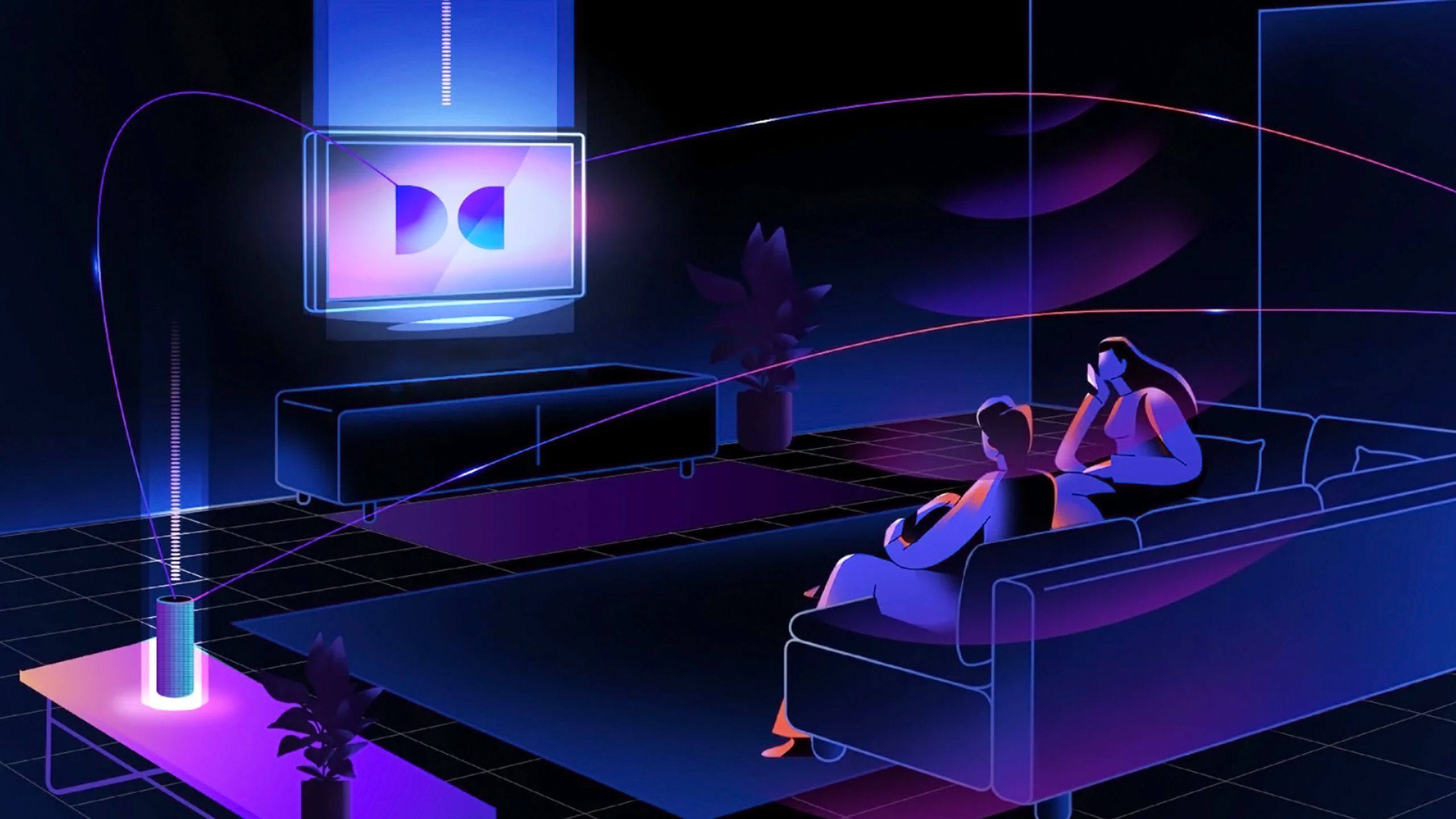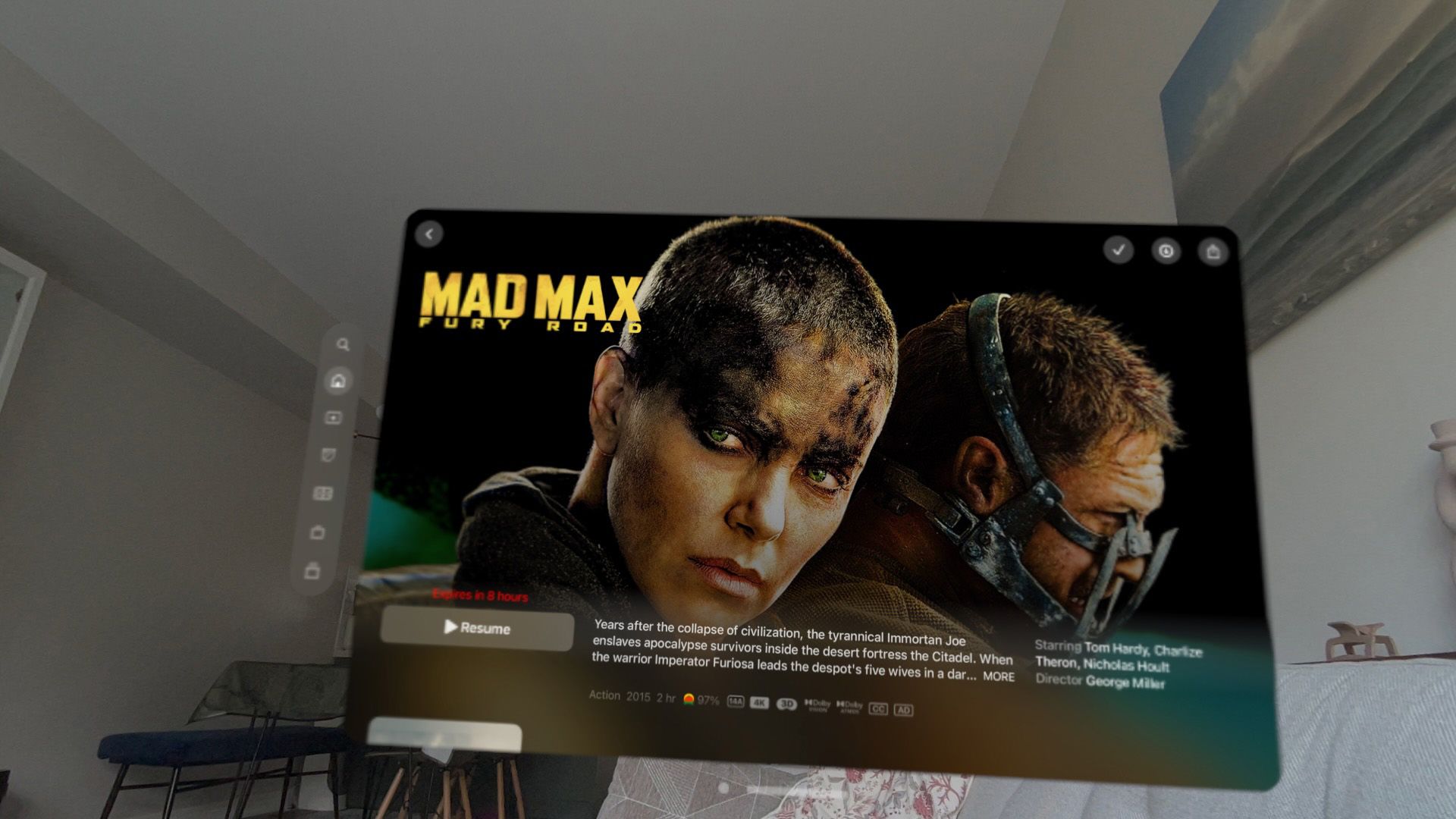Summary
- Apple introduced ASAF (Apple Spatial Audio Format) at WWDC, promising to deliver “truly immersive audio experiences.”
- ASAF relies on the Apple Positional Audio Codec (APAC), which still supports Dolby Atmos.
- ASAF enhances realism with dynamic audio adjustments based on movement, not just physical location.
Dolby Atmos is one of the most popular, and arguably one of the best, spatial audio formats in the world. Google and Samsung recently teamed up to create its competitor to Dolby Atmos called Eclipsa Audio, and now Apple wants to build upon Dolby Atmos too with its own spatial audio format.
During its recent WWDC keynote, Apple didn’t waste any time. It showcased its new Liquid Glass design, improvements to iPadOS, updates to CarPlay, and new features for iOS, including Call Screening and Hold Assist. However, one thing Apple didn’t mention during its hour-and-a-half-long keynote was its new spatial audio format, aptly named Apple Spatial Audio Format (ASAF).
ASAF was introduced in a developer session during WWDC (via FlatpanelsHD), with Apple stating it’s designed to deliver “truly immersive audio experiences” for iOS, iPadOS, tvOS, macOS, and visionOS. However, unlike Elicpsa Audio, ASAF isn’t a rival to Dolby Atmos — yet.

Related
Apple TV finally supports lossless audio, but here’s why audiophiles are still disappointed
The Apple TV 4K is still missing a frustrating feature.
What is Dolby Atmos and ASAF?
ASAF is delivered through Apple’s APAC audio codec, which still supports Dolby Atmos
Pocket-lint / Apple
If you’re unfamiliar with the exact ins and outs of Dolby Atmos, it’s a spatial audio format that creates a realistic and immersive 3D sound experience. It’s supported on numerous streaming platforms, including Disney+ and Netflix, and many modern-day TVs come with Dolby Atmos support.
The primary difference between Dolby Atmos sound and regular surround sound (such as 5.1) is that Atmos creates a 3D spatial experience, making it feel as though the sound is coming from all around you at different heights, rather than just from left, right, or center.
So what does ASAF have to do with this? As Flatpanels HD reports, ASAF is essentially Apple’s version of Dolby Atmos, and it’s designed to create an immersive 3D sound environment. ASAF has two main components you should be aware of. The first is ASAF itself, used by developers in audio and video production to position audio elements in a 3D space. The second is APAC (Apple Positional Audio Codec), the codec responsible for delivering ASAF to users.

Related
The Weeknd: Open Hearts is the first immersive experience that highlights the Vision Pro’s potential
While not enough to make me purchase a Vision Pro, unique experiences like this are what’s sold me on mixed reality.
ASAF truly excels with the Apple Vision Pro, enabling sound to circulate in a realistic 3D space around you, by understanding the virtual environment you’re in. It responds to movements, such as turning your head, and dynamically adjusts elements like volume, echo, and reverb. The main difference between Dolby Atmos and ASAF is that Dolby Atmos assumes you’re sitting in one spot in your living room or in a movie theater, while ASAF has the ability to adapt sound to your movements in real time, creating a more immersive experience.
ASAF is only supported on Apple devices, so it will be difficult for it to ever fully replace Dolby Atmos.
While ASAF can be played on all of Apple’s platforms, like iOS or macOS, it will be experienced best with visionOS due to its focus on augmented reality experiences.
Apple said at WWDC 2025 that the new APAC codec will be required for all Immersive Video titles going forward. However, creators can still use Dolby Atmos within the APAC codec, meaning that ASAF isn’t precisely a Dolby Atmos rival just yet, as it can still be used in conjunction with it on Apple devices to deliver compelling audio experiences. However, I wouldn’t be surprised if Apple’s endgame here is to make ASAF a true alternative to Dolby Atmos in the future.
ASAF is only supported on Apple devices, so it will be difficult for it to ever fully replace Dolby Atmos. With that in mind, don’t worry about Dolby Atmos going anywhere anytime soon, thanks to its broad support for a range of different devices.

Related
Dolby Atmos FlexConnect could reinvent the modern home theater
Don’t worry — you won’t need to upgrade if you already like your current Atmos setup.










